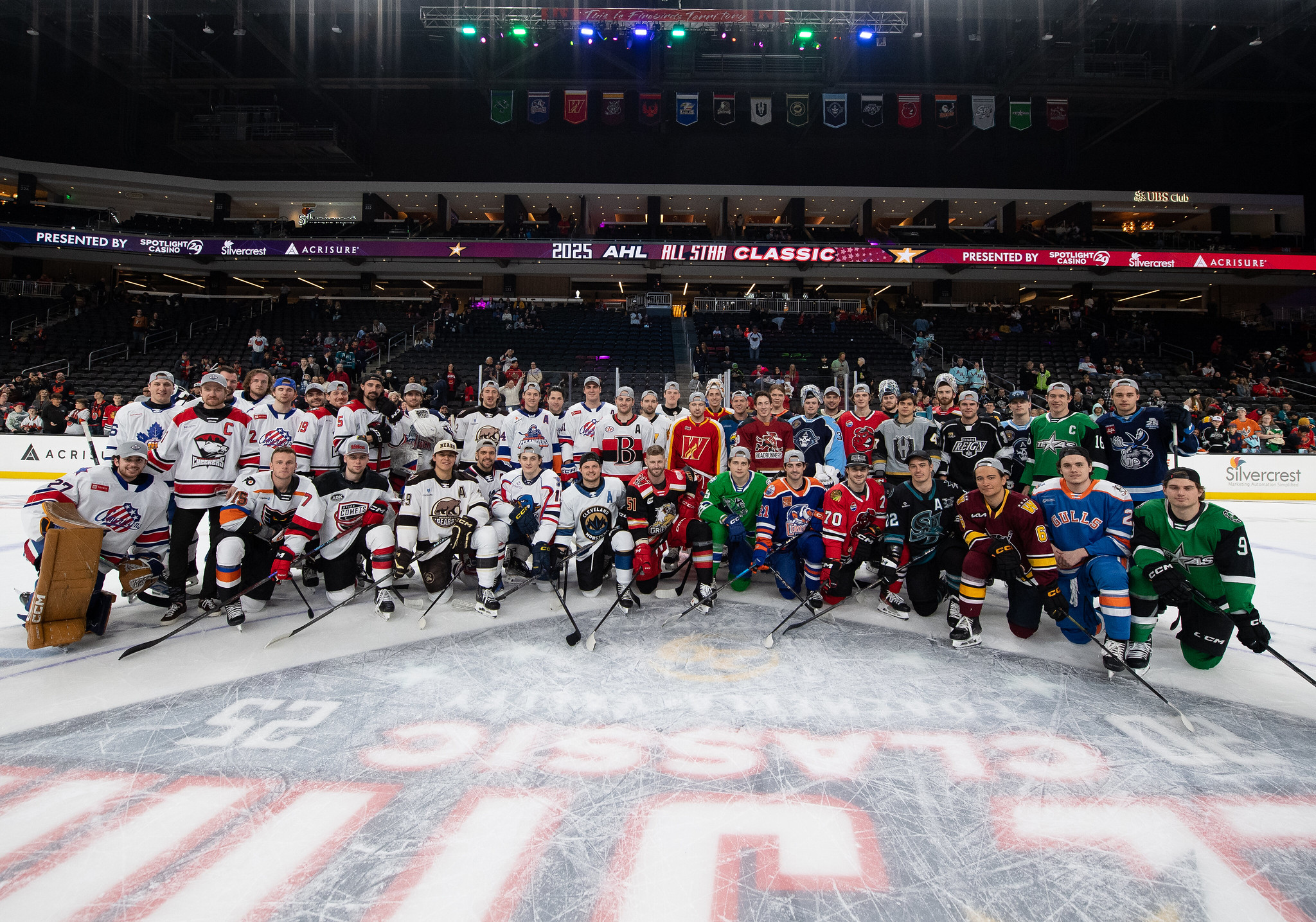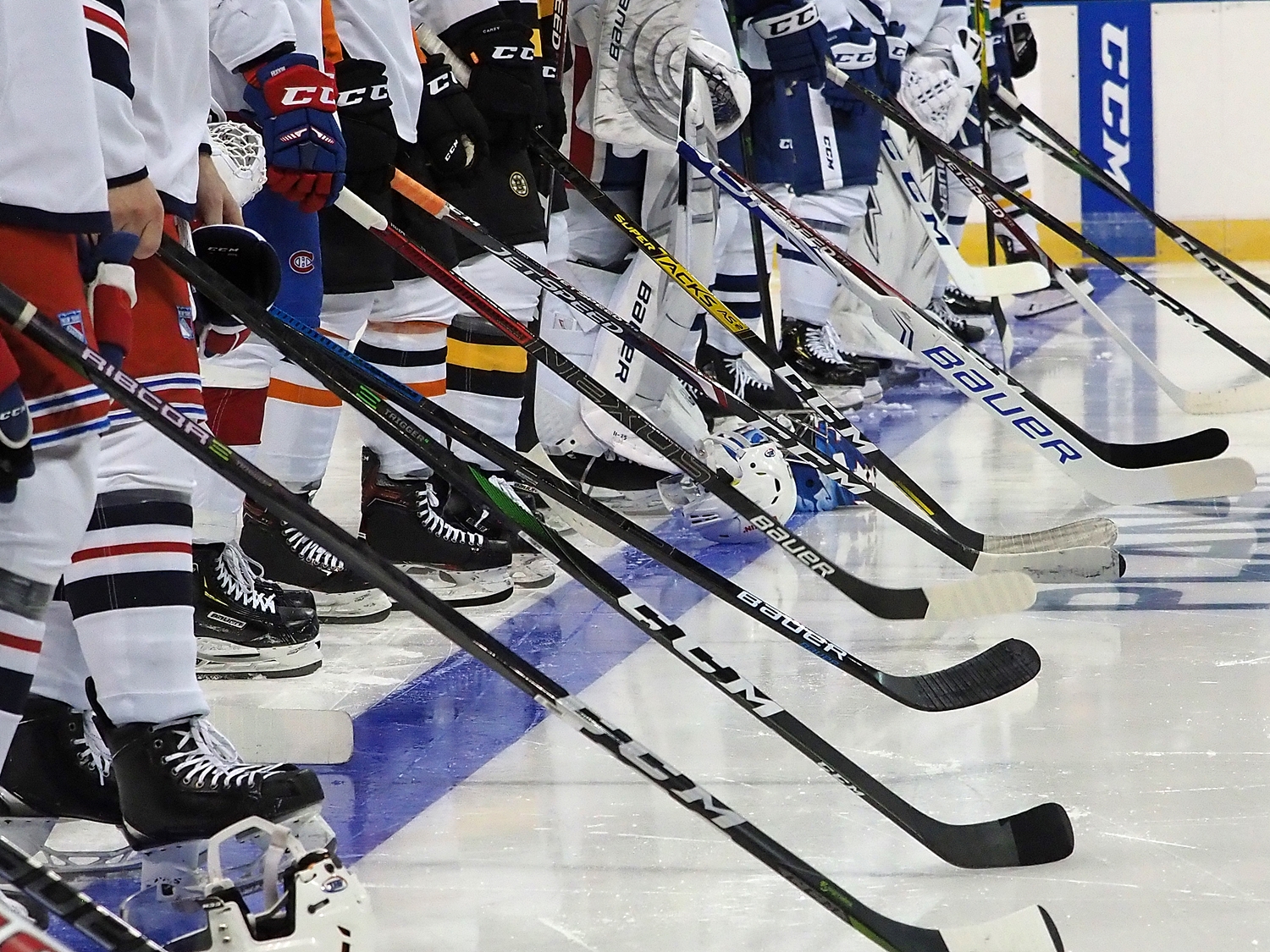
Could Scott Gordon's Unorthodox Penalty Killing System Work In The NHL?
ALLENTOWN, PA -- There's no hiding the fact that the Philadelphia Flyers have had a hard time killing penalties in recent years, and in talking with Lehigh Valley Phantoms head coach Scott Gordon after his team's practice at the PPL Center Tuesday morning about his team's penalty killing success - and on several other occasions in recent weeks as well - one begs to ask if the answer to the million dollar question is hiding up the road.
The Phantoms, under Gordon, have certainly had their struggles on the penalty kill during his tenure as the team's head coach. But he notes that in each of his first three seasons, his team's penalty kill was among the bottom of the league in the beginning of the season and that as guys learned the system the numbers and success generally picked up after the first part of the season.
The Phantoms' Penalty Kill Under Gordon
2015-16: 84.1% (10th in AHL) 2016-17: 84.0% (5th in AHL) 2017-18: 83.1% (13th in AHL) 2018-19 to date: 82.9% (12th in AHL)
"The last three years it's been the first 15 games. I can go back all three years and we didn't start to grasp it until the 15th game," Gordon told Inside AHL Hockey Tuesday. "Once we got that figured out - who was going to kill and who was going to grasp the concepts - then it became about positioning and pressure and how he want to pressure, the pace we want to pressure at. So once that all got sorted out that's when it started to pick up for us."
Heading into the team's most recent game - a 3-2 loss in Springfield Saturday - the Phantoms had killed off 28 straight penalties. While they currently have a 82.9% success rate this season through 16 games - good for 12th in the AHL heading into Tuesday night's games - if you take out one atrocious effort on the PK against Springfield where they allowed five power play goals on seven attempts, the PK on the season in the other 15 games has allowed just seven power play goals against on 63 attempts which would be good for an 88.9% success rate and be second in the AHL only to Providence (89.0%).
So, what makes the Phantoms' penalty kill a challenge for players to learn in the first 15 games of the season, why has it become successful and could this PK system be used at the NHL-level with success (has it been used at the NHL-level in the past with success?).
Difficult Adjustment For Forwards?
Now in his second season with the Phantoms, Phil Varone admitted that it took him awhile last season to really get used to the penalty killing system.
"It's very different than any system that I've played, at least," Varone said, noting he's been on the penalty kill for just about every team he's played for throughout his career. "I think you learn from an early age never turn your back to the puck and that's kind of the first thing that he, not that he wants it but, he always want you reloading to the middle. So that means that if you have to turn your back to the puck, so be it. It took me awhile. It's not that you can't do it, you just don't think of doing it. It takes reps for sure."
For the Phantoms, the penalty kill usually starts with Varone attempting to win a defensive zone face-off.
"Like you said, I try to start it off with a clear and I think that gets dealt with a face-off win and then a clear and it gets into the PP's mind. Getting pressure on the puck when it needs to be, when we get the puck on our stick the puck has to get outside of the blue line," Varone added bluntly. "I feel like at the start of the year we were having trouble with that where we had chances to get it out and we weren't. And obviously the goalie is the biggest PK guy."
Gordon's system is certainly an aggressive one. When asked if the key to its success is knowing when to pressure or picking spots to pressure, his response summed up the system best.
"A little of when to and when not to, but there's always pressure. It's just a question of where it's going to come from," Gordon said, explaining "I think the timing of understanding when it's your time to go and when not to go is really what it comes down to. There's always going to be pressure. There's not going to be - you'll never see anybody with possession on their power play without somebody moving towards them."
Chemistry & Buying In Contributing to PK Success?
One common theme among the players was that the recent success and confidence among the penalty killers has a lot to do with the cohesiveness of the group - both with building chemistry and trust as well as working together as a unit.
"It's just getting used to it, and guys getting used to each other," Varone explained. "I think, like anything, a power play line, a 5-on-5 line, I think a PK unit has to be cohesive too as well. That's huge. It's not just throwing guys out there that are good defensively. They need to have chemistry too."
Taylor Leier took it one step further.
"I honestly think that if you're going to be on the PK you have to accept that role. And when I'm out there on the penalty kill I know that [head coach Scott Gordon] trusts me out there, and I want to keep his trust and keep the team's trust," Leier said. "I don't want to let a goal in our net, so when I'm out there that's my job. It's not caring about scoring. It's not caring about puck possession. It's just get the thing out, make quick changes and keep it out of our net."
Philip Samuelsson, though new to Gordon's penalty killing system, said it hasn't been a big adjustment for him as a defenseman as it would be for the new incoming forwards but notices that chemistry and cohesiveness is important.
"I think the main thing is just trying to work as four out there. Anytime you're aggressive, you need to be aggressive [together]. Thats something we have done a better job of lately. I think we're doing a good job reading off each other, pressureing when we need to and killing off time that way.
Is This Kind Of System Used In The NHL, Has It Been & Can It Be?
Phil Varone said he hadn't seen this kind of system used in the NHL, noting "When you have guys like Patty Kane threading the needle it might be a bit tougher."
Taylor Leier, having been a member of the penalty kill both in Lehigh Valley and Philadelphia, wasn't so sure it would work with the Flyers either.
"It's completely different. Two different coaches. Two different leagues too," Leier said after Saturday's loss in Springfield. "It's a lot different - the two leagues - I think they're totally different. No one can really say this penalty kill would work better up there. I think the execution is a lot better up there. So who knows if it would work or not, right?"
Has Scott Gordon used his penalty killing strategies in the NHL during his time as an NHL head coach with the New York Islanders (2008-11)?
No, but he was in charge of the penalty killing duties behind the bench as an assistant for the Toronto Maple Leafs where the team's penalty kill was second best in the NHL in the lockout-shortened 2012-13 season where the Maple Leafs' success rate was 87.9%, just behind the Ottawa Senators' top-rated PK that year (88.0%). Of course, the following year - Gordon's last with the Maple Leafs' organization - Toronto's penalty kill was third worst in the league in 2013-14 (78.3%).
Why the stark change from one year to the next? Two major differences, Gordon explained.
"We had a centerman who was hurt who won a ton of face-offs for us, and then we had a defenseman who didn't want to challenge and it didn't matter how much we talked about it he just wouldn't do it. So that was a lot of easy entires and a lot more zone time and those are the two things - and we also we had lost a couple penalty killers - so it was a combination of poor execution and not having the right people to do it too. You can have the best penalty killing system in the world, you still have to have people that understand what has to be done and have reads and know when to go and when not to go. You're already shorthanded so if you make one mistake, you're going to put yourself in a situation where you're creating a 5-on-3."
For now, the Phantoms' penalty killers have been making better reads and understanding the situations more keenly. Gordon knows his system takes time to learn and fully understand. He's said on several occasions it's a process, but at least in its short use in the NHL and more recently in the AHL it's been shown to deliver successful results in the right situation with the right personnel working together as a unit and reading off of each other.
That's more than can be said of the NHL club's penalty killing over the last few years.
One can only wonder how much longer the current situation in the NHL will continue before a change is made, and when that change is made what direction the team - and organization - will head with regards to how they approach the penalty kill.
For now, the Phantoms are in good hands.




